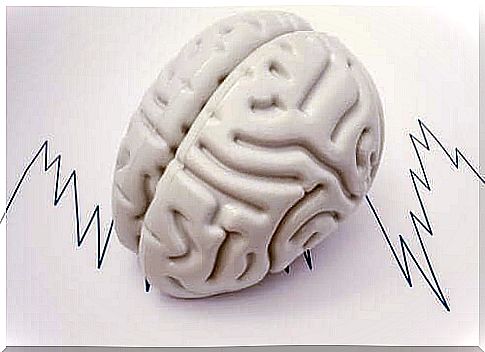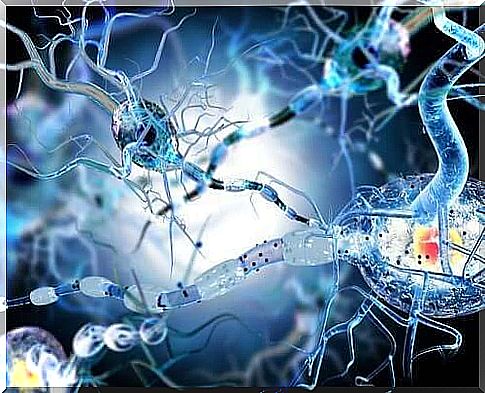Types Of Seizures
There are different types of seizures. Besides the fact that epilepsy as a disease can vary from person to person, it is expressed in different ways. In this article we tell you what types of seizures are known to medicine.

The types of seizures that exist and have been described by medicine so far are varied. There are more than five known presentations, each with its own peculiarities.
Epilepsy is a neuronal disorder in which electrical discharges occur from the nervous system to the whole body. The discharges are sudden and occur suddenly, disrupting other functions of neurons.
As we will see later, an epileptic seizure is not the same as epilepsy as a declared pathology. A person can have a seizure at some point in their life without having epilepsy.
Seizures usually last a short time, then end and the person returns to normal. This restoration is complete and must not leave any sequelae, otherwise we suspect other basic diseases.
It is estimated that, regardless of the type of epileptic seizure experienced, 1% of the population has already had an epileptic seizure. Among people diagnosed with epilepsy and treated, a fifth of patients are unable to control their seizures despite medication.
The types of seizures fall into two main groups:
- Generalized seizures : they originate from the fact that the neuronal electrical discharge occurs at the same time in a large part of the brain, even affecting the whole brain organ
- Partial seizures: also called focal seizures because they are localized or focused from a particular and limited group of neurons
Types of generalized seizures
The first major group of epileptic seizures are generalized seizures. These are types of seizures that share the simultaneous discharge of brain neurons on a massive scale. Among them we have:
- Tonic-clonic : this is undoubtedly the most famous type of seizure. The body of the person undergoing it first becomes rigid, then their limbs and trunk shake. It is common for the person to fall unconscious and even lose control of the sphincters. Another complication is the bite of the tongue and head injuries from the fall.
- Absence : these types of epileptic seizures are the opposite of the previous ones. The patient remains static, his gaze lost in the infinite and unable to respond. There is a loss of consciousness which is not expressed in fainting, but in the absence of reality. People with epilepsy who have these seizures often have them for periods of about ten seconds.
- Myoclonic : unlike tonic-clonic seizures, there are no episodes of rigid posture. When the neuronal electric shock appears, the patient shakes his body, especially the upper limbs. Sometimes the form of presentation is light and it is taken as a nervous tic, of no major importance. Other times it is associated with loss of consciousness with falling and fainting

Types of focal seizures
Among the types of focal epileptic seizures, in which the electric discharge comes from point neurons, we have:
- Simple partial : it is a clinical presentation without loss of consciousness. The person suffers from muscle contractions of a part of the body accompanied by sensations such as tingling. It has sub-varieties in appearance, like those seizures which consist only of a feeling experienced by the person without external signs. Or sensory seizures, for example, with hallucinations
- Complex partial seizure: this frame presents a loss of consciousness and looks like absence seizures. The person can be absorbed into nothingness for a while by performing automatic movements such as chewing. As there is loss of consciousness, the patient does not remember the episode
- Partial with generalization : it is the focal crisis which evolves during the episode and which passes from localized to generalized. The final symptoms will be those of a type of seizure like those described at the beginning
- Epileptic spasms : this is a presentation of children, especially those under one year old, and rarely those over two years old. The sign is an extension of the body or a sudden flexing of the whole body for almost five seconds

Not all seizures are seizures
We made it clear that having a seizure does not necessarily mean that you have epilepsy. Complementary neurological methods must be applied to arrive at a diagnosis of epilepsy as such.
The seizures that sometimes affect pregnant women with eclampsia do not usually hide epilepsy. Specifically, the symptoms arising from the frame known as eclampsia and, once the pregnancy resolves, the episodes go away.
The test most frequently requested by doctors to rule out epilepsy or confirm a type of seizure is the electroencephalogram.
By recording by a device, traces of the brain waves are obtained. If necessary, the study can be supplemented with brain imaging. The goal of this application would be to find a lesion in the brain that could be the cause of epilepsy, such as a tumor.









